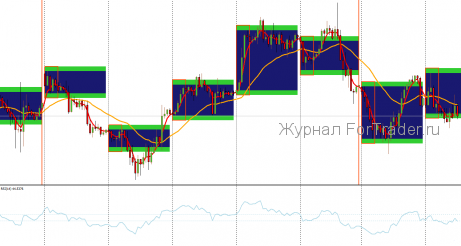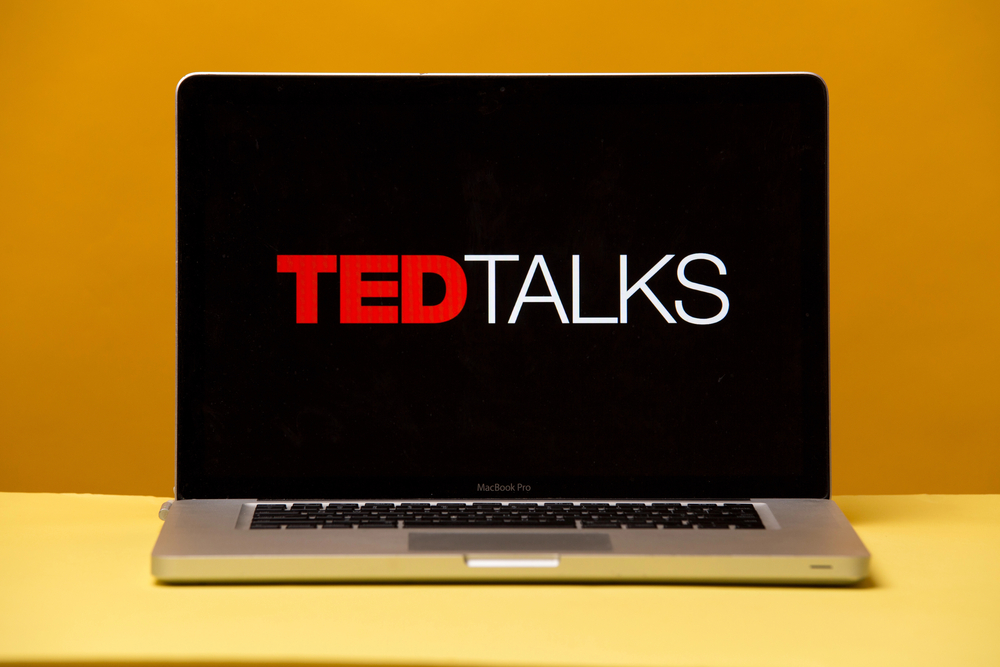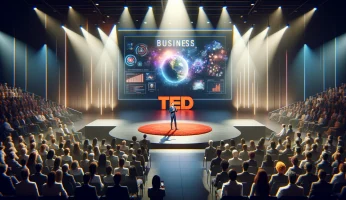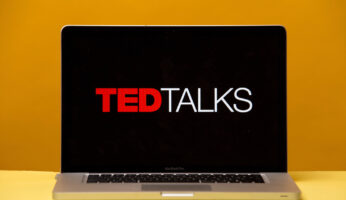Jason Fried, speaking at TED Talks about effective business, has a radical theory about workflow: the office is a place for work.
He describes how we generally imagine office work: a company rents space, equips it with everything necessary, and assumes that employees will comfortably perform their tasks in this environment.
But if you ask a person where they’d prefer to do their work, you usually hear three characteristics: a place, a moving object, and time. For example, in the kitchen or a library, sometimes on a plane or train, and “it doesn’t matter where, as long as it’s early morning or late at night.” No one answers, “In the office!”—yet companies spend enormous amounts of money setting up workspaces and require people to attend them.
Why does this happen? Jason Fried rightly points out that most of our time in the office is spent communicating and doing tasks, but not focusing on what really matters. In an eight-hour day, sometimes there isn’t even an hour to do something truly important. This is a major problem for creative professions that require concentration.
That’s why most people can be more productive working remotely, using the vast array of modern tools available, while building a convenient schedule for themselves.












